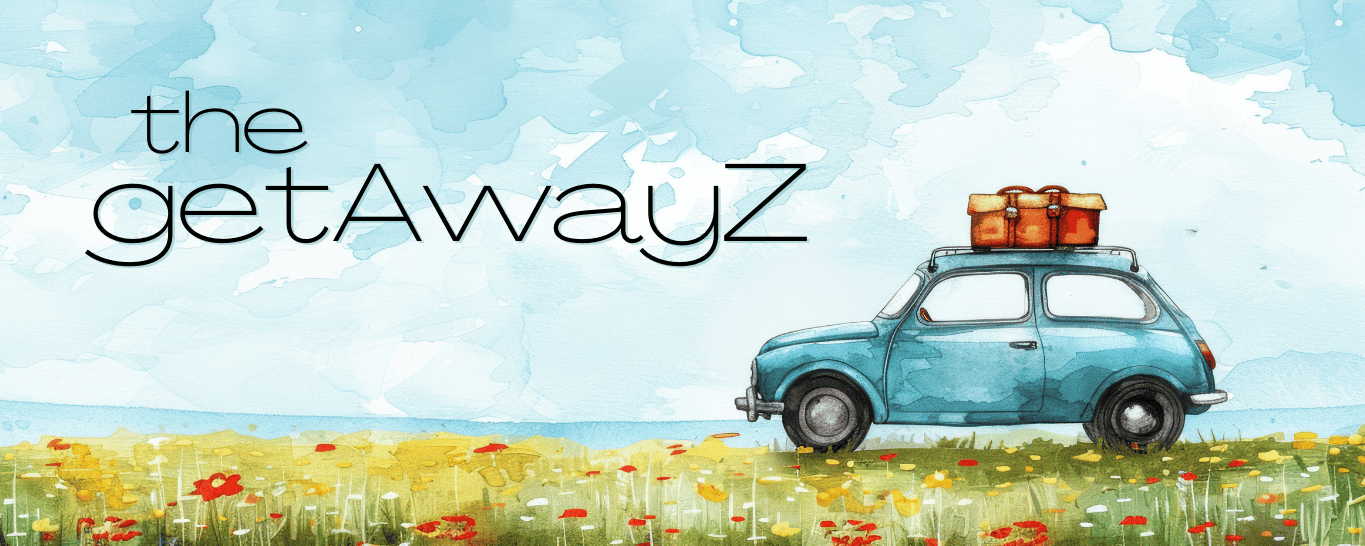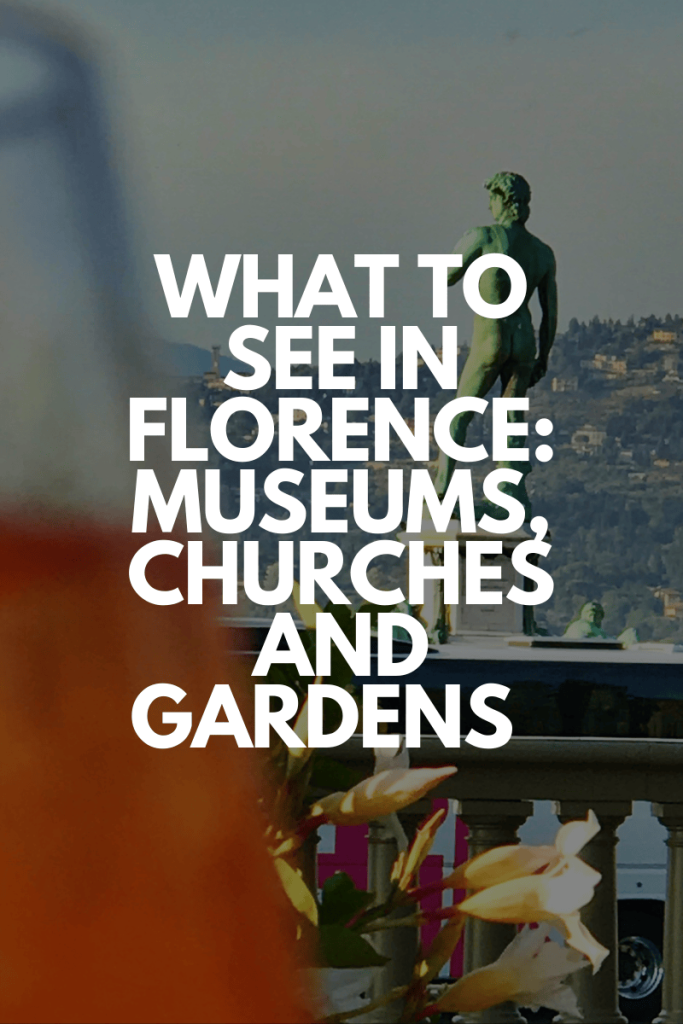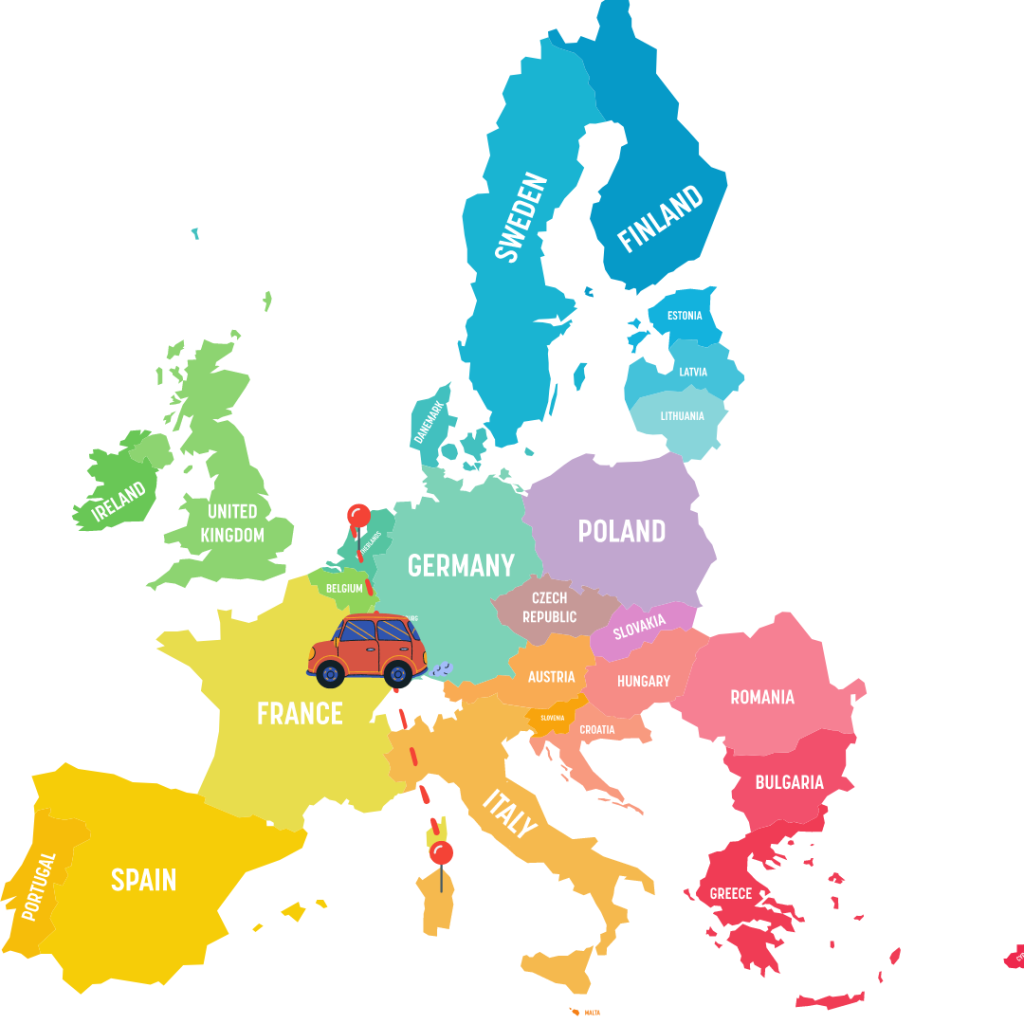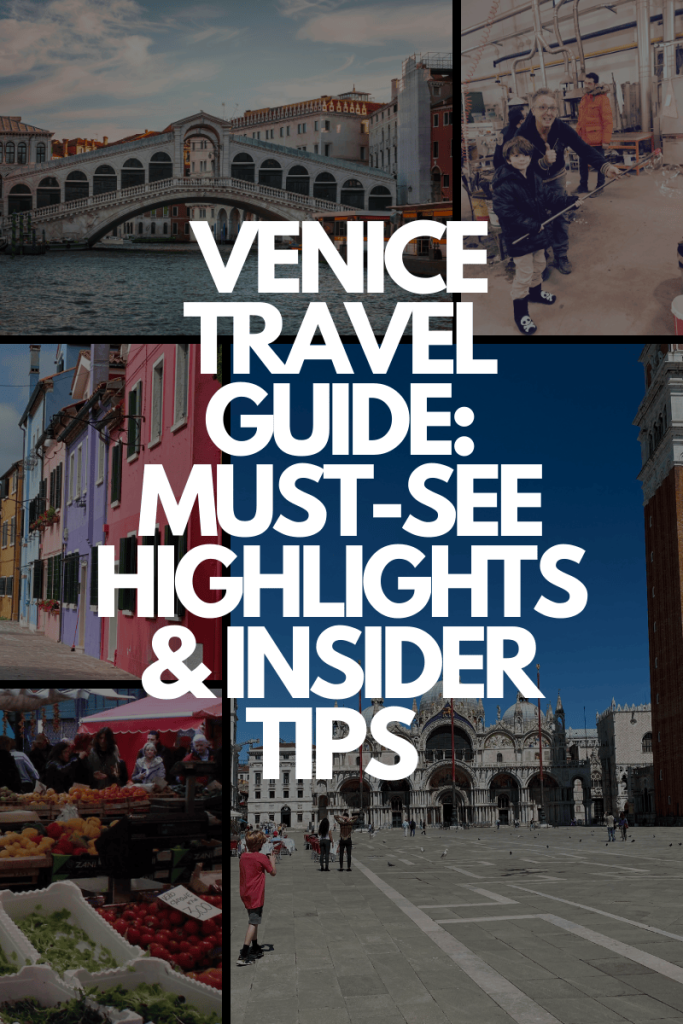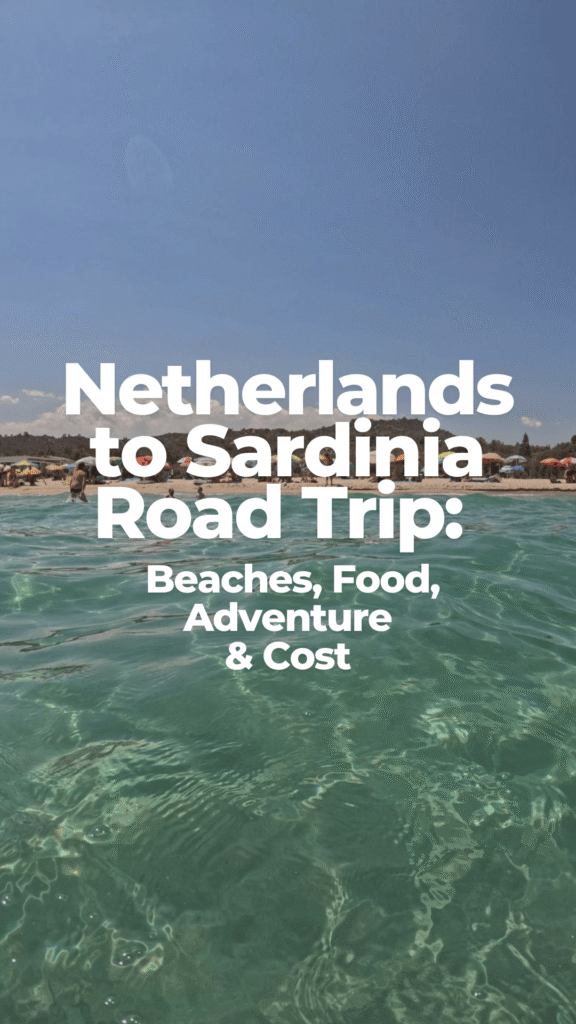Italy Travel Guide
We lived in Italy for seven years, a year in Florence and 6 in Torino, which gave us time to explore the country beyond the highlights. Italy is more than landmarks you see in guidebooks. It’s the daily life, the food markets, the small towns and the different character and food each region brings. Living there made it clear that Italy is not just one destination. Each region feels completely unique.
Rome shows the layers of history everywhere you turn. Venice is unlike any other city in the world. The further south you go the more traditions stay alive in everyday life. From the lakes and Dolomites in the north to Sicily’s volcanic coastlines, there is always another region to discover. This Italy travel guide brings together the areas we know best and the ones we keep returning to.
Tuscany:
Renaissance Cities and Vineyards
Tuscany is where we lived our first year and still return to often. Florence and Siena are filled with Renaissance art and architecture, while smaller villages keep older traditions alive. The countryside is marked by vineyards and winding roads that connect the villages at an easy pace. Food and wine are central here, from ribollita to Chianti. Tuscany offers both major cities and quiet rural escapes in one trip. Read our full Tuscany guide →
Lombardy:
Milan and the Lakes
Lombardy blends city life with natural beauty. Milan is a hub for fashion and design, while lakes Como, Garda and Maggiore are surrounded by villas, gardens and mountain views. The Alps are close enough for skiing or hiking day trips. Lombardy works well if you want city energy with easy escapes to nature.
Read our full Italian Lakes guide →
Lazio:
Rome and Beyond
Lazio is centered on Rome but extends into countryside and towns worth visiting. Tivoli has gardens and villas, Viterbo is known for its thermal baths and lakes like Bracciano make easy day trips. The region balances the intensity of the capital with quieter escapes nearby. Lazio is where history and daily life come together. Read our full Rome guide →
Piemonte:
Wine, Mountians and Historic Cities
We lived in Torino for years which gave us time to see Piemonte beyond the surface. Torino is a city of beautiful piazze, historic cafés and the Mole Antonelliana overlooking the entire city. South of the city the Langhe hills are home to Barolo and Barbaresco wines and Alba’s truffle season makes fall a special time to visit. The Alps sit on the edge of the region with ski towns and mountain passes that connect into France and Switzerland. Piemonte is a region that ties together city life, wine country and alpine scenery in a way that feels unique in Italy. Read our full Torino guide →
Veneto:
Way more than Venice
Veneto has Venice at its heart but the region goes further. Verona is known for its Roman arena and connections to Shakespeare, while the Prosecco hills north of Treviso are a UNESCO site worth visiting. Padua and Vicenza add history and architecture without heavy crowds. Veneto offers big landmarks along with smaller towns that deserve more attention.
Read our full Venice guide →
Campania:
Naples, Pompeii and the Amalfi Coast
Campania is full of contrasts. Naples is energetic and unapologetic, Pompeii and Herculaneum bring Roman history to life and the Amalfi Coast has villages perched on cliffs above the sea. Capri makes an easy day trip and local food is a highlight, from pizza to limoncello. Campania is a region that balances history, scenery and food all within easy reach. Read our full Amalfi Coast guide →
Sicily:
Ancient Temples and Mt Etna
Sicily has our hearts. The island combines beautiful landscapes with centuries of history. You can climb Mount Etna, see the Valley of the Temples in Agrigento and visit towns like Ragusa and Noto with their baroque streets. Palermo’s food markets are a mix of flavors shaped by the island’s past, from arancini to fresh seafood. Sicily offers a mix of culture, scenery and food that feels different from the rest of Italy. Read our full Sicily guide →
Sardinia:
Beaches, Beaches and Beaches
Sardinia is known for long beaches, turquoise water and rugged inland landscapes. The Costa Smeralda draws attention, but smaller towns show a quieter side of the island. Meals, seafood and local specialties, with evenings often spent by the sea. Sardinia is a good choice if you want both coastline and space away from crowds.
Read our full Sardinia guide →
Trentino-Alto Adige:
The Dolomites In Northern Italy
Trentino-Alto Adige is defined by the Dolomites and alpine traditions. Towns and spa resorts fill the valleys, and the food mixes Italian and Austrian influences. In summer the trails are busy with hikers and climbers, while winter brings skiing and snow sports. The region is best for travelers who want mountain scenery and time outdoors year-round. Read our full Trentino-Alto Adige guide →
Know Before You Go: Italy
Best time to visit
Spring (April to June) and fall (September to October) bring mild weather, fewer crowds, and plenty of festivals. Summer is busy and hot, especially in southern regions, while winter is best for skiing in the north.
Getting around
Italy’s train network connects major cities and smaller towns. Regional buses reach places not served by trains. Renting a car is the best option for Tuscany, Puglia, and other countryside regions.
Currency
The euro (€) is used throughout Italy. Credit cards are widely accepted, but small towns and markets often prefer cash.
Language
Italian is the official language, though English is commonly spoken in tourist areas. Learning a few basic Italian phrases will go a long way.
Travel tip
Book popular attractions like the Colosseum, Uffizi, and Vatican Museums in advance to skip the long lines.
